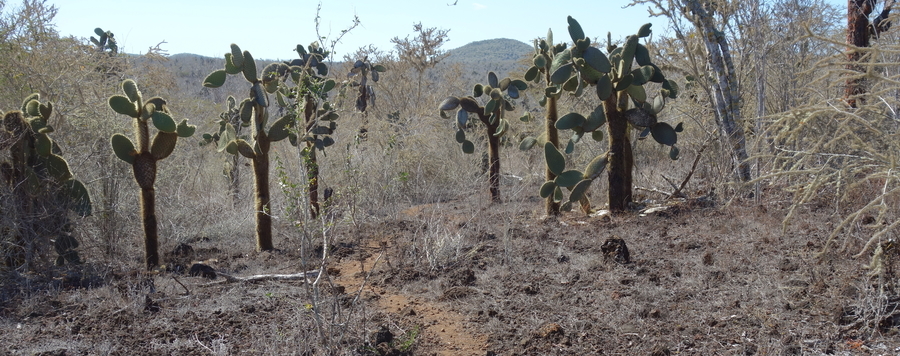
Are introduced spiders displacing native species on Galápagos?
The spider family Pholcidae includes several species that have followed humans to other continents and around the world. Negative impacts of these species on the local faunas have never been reported. Here, we present results of a short collecting trip to Galápagos in 2019, focusing on two species that have been introduced to the archipelago by humans and whose spread appears correlated with, if not causally linked to, the decline or disappearance of two native species occupying the same micro-habitats: 1) the local abundance of the introduced Modisimus culicinus (Simon, 1893) appears negatively correlated with the abundance of the native Galapa bella (Gertsch & Peck, 1992), and 2) the recently introduced Smeringopus pallidus (Blackwall, 1858) is now abundant in caves where a few decades ago the native Aymaria jarmila (Gertsch & Peck, 1992) was present. The last species was not found in any of the six caves visited on Santa Cruz Island in 2019, suggesting that it may be seriously threatened. In addition, we present new records of Pholcidae from Galápagos and re-emphasize the need to reconsider the distinction between the two epigean Aymaria species on Galápagos: A. conica (Banks, 1902) and A. insularis (Banks, 1902).





